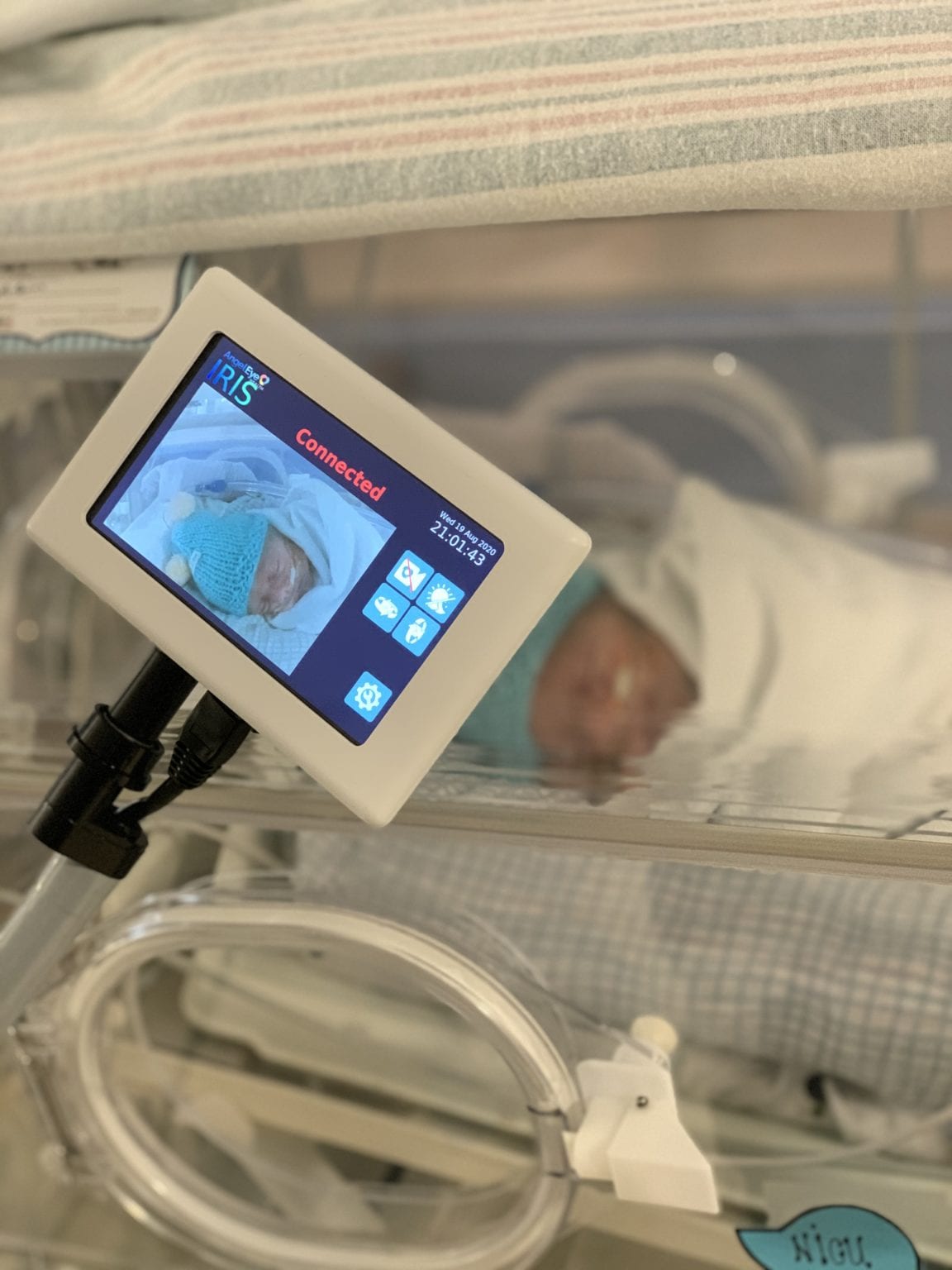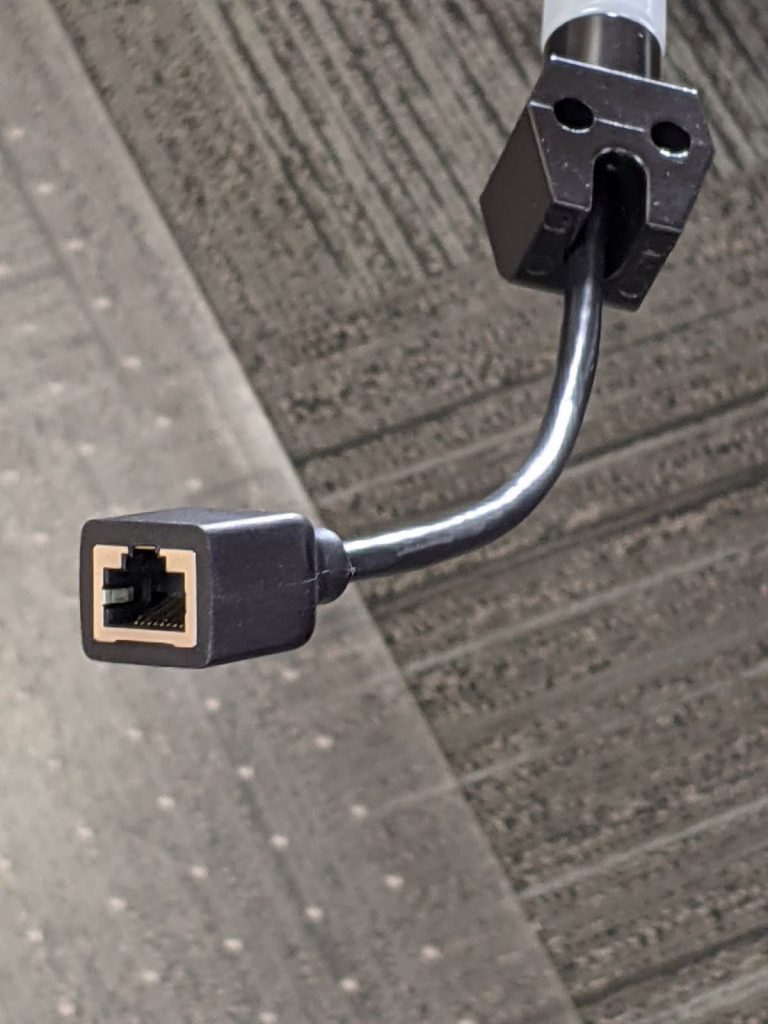Can I use a USB flex arm or Micro USB with my device?

Share:
A USB flex arm is a great addition to any electronic device that needs precise adjustments that will stay in place for a small payload. That means they have a ton of different applications, from safety shields to magnifying glasses. One area that we’ve seen a ton of growth in recent years has been the application of flex arms in industries like medical technology, where the flex arm is often used to support small electronic devices (amongst other uses).
While we’ve been doing electronic flex arms for years – after all the Moffatt lamp has been in existence for many decades – it’s worth talking about how these new developments affect our side of the equation. So what are the ways that flex arms are being used in these devices, and how do we adapt them to their new jobs? We’re glad you asked. Let’s dive in.
Applications for USB flex arms and micro USB devices
We use phones and tablets for everything these days. That also includes many modern medical devices. One of our most common requests is for a flex arm that can support a small tablet or phone, with a charge cable running through the ID of the arm. These devices have several applications but are often useful for showing end-users (be they doctors or patients) data.

Related: one of our most recent collaborations was with AngelEye’s camera system. This state-of-the-art flex arm device allows live streaming of video from a patient to family members at remote locations. That’s become a huge deal in 2020, with COVID protocols often keeping family members from being there in person. The 5-inch LED touch screen is a boon for parents who want to monitor their newborn — or for supporting bonding and improving a hospital staff’s workflow efficiency.
Devices like this need to be upgrade-ready, with software changes and updates that may happen frequently throughout the lifespan of the device. That’s why it was so important for the AngelEye camera to be able to have a USB port.
The challenge of creating a USB flex arm
The problem with designing a flex arm for this use comes down to space. The inside diameter of most material we produce is too small to accommodate even the smallest of connectors. Instead, we need to run the cable through the ID (inside diameter) and then terminate the connectors. If you need help visualizing, check out the pictures in the blog for how this might work.
That was something brand new to Moffatt, and allows us to think about other applications and value-added processes that we haven’t been able to address before. Curious as to how that works? If you have a device that needs this sort of application, we can get into the nitty-gritty of what we do over a call or email. Please reach out!
The unforeseen advantage of a USB flex arm device: A New Look
One of the added benefits of creating this sort of flex arm is that our new ability to provide cabling with terminated connectors means that we have a finished flex arm design that is much more aesthetically pleasing. No longer will the end-user see wires wrapped around or clipped to the outside of the flex arm. Instead, they’re left with a clean, beautiful, simple look that is so integral to the medical aesthetic. When you’re in a hospital, you want simple, clean lines — not loose wires.
Like we said, this is a new area of development for our team. We’re proud of the work they put in — and how it’s able to help impact end-users. AngelEye is doing some really great work and allowing their customers the ability to keep that human connection – even when physical touch isn’t possible. After a year like 2020, that idea is more resonant with us now than ever before. We’re proud to be a small part of it.

_____________________
Working on a flex arm design? We are here for a no-pressure phone call. We’d love to hear more about what you are working on and give you ideas and prototypes to improve your decision-making process. Give us a call, we promise it will be worth your while.
